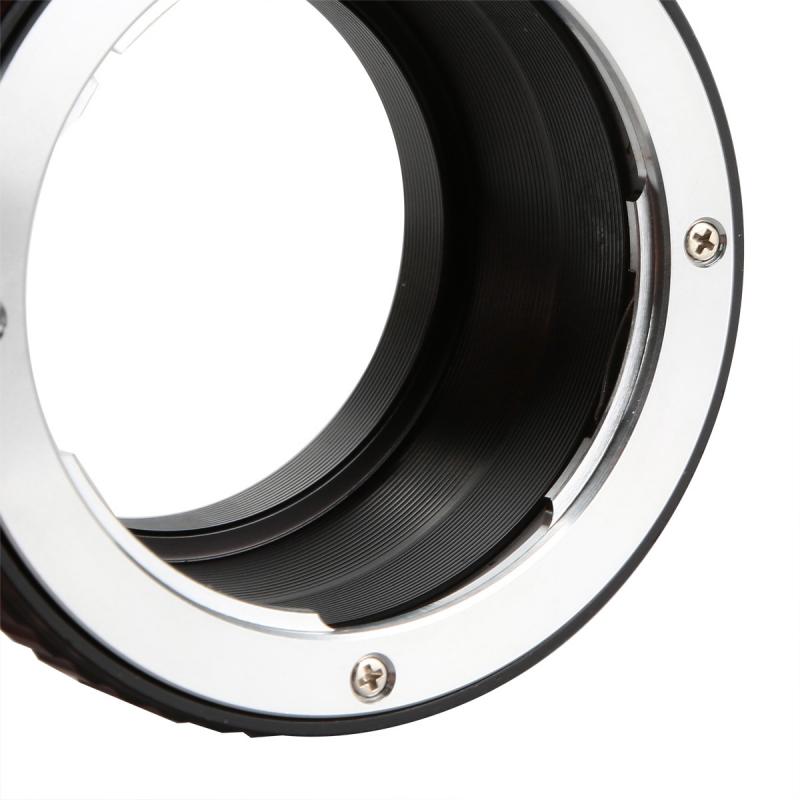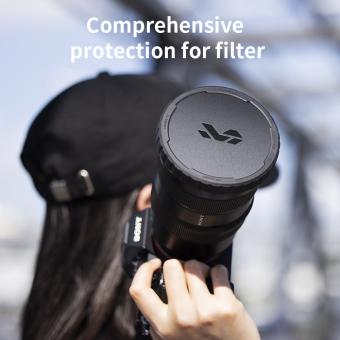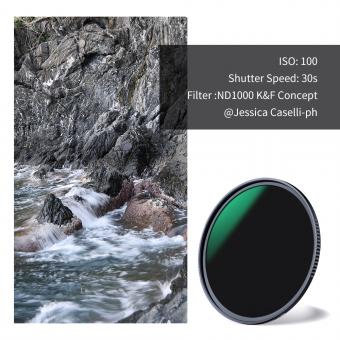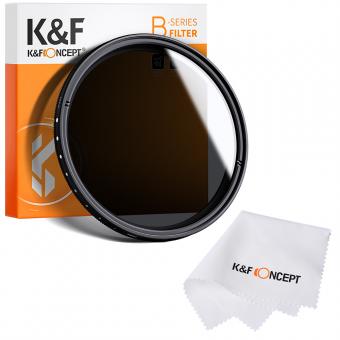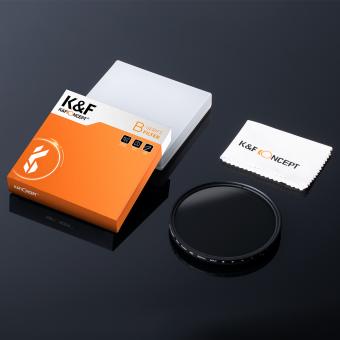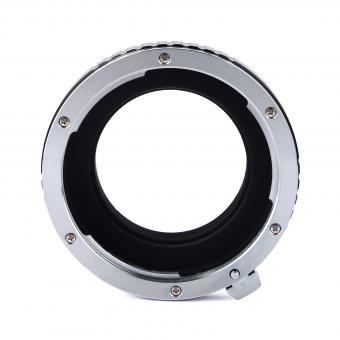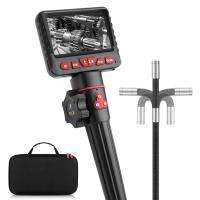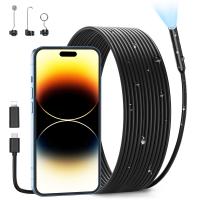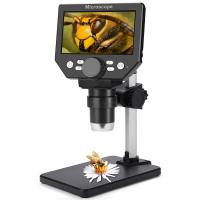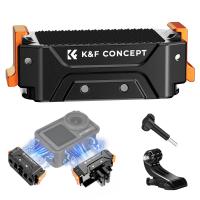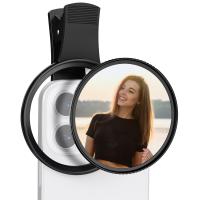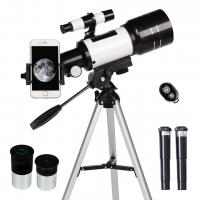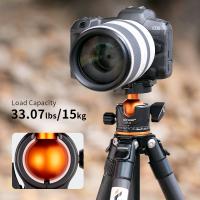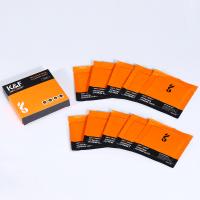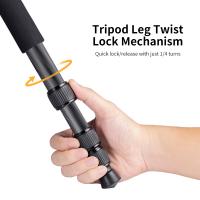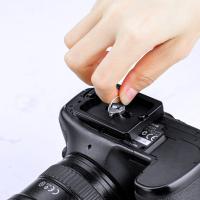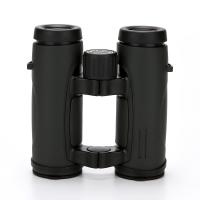What Size Is The Lens Filter Thread ?
The size of the lens filter thread can vary depending on the specific lens model. It is typically indicated in millimeters (mm) and can range from as small as 37mm to as large as 95mm or more. The filter thread size is important as it determines the compatibility of filters and other accessories with the lens. To determine the exact size of the lens filter thread, you can refer to the lens specifications provided by the manufacturer or look for the symbol "ø" followed by a number on the lens barrel, indicating the filter thread diameter.
1、 Lens filter thread sizes: Common standards and variations explained.
The lens filter thread size refers to the diameter of the front of a camera lens where a filter can be attached. It is an important specification to consider when purchasing filters, as they need to match the lens thread size in order to be compatible.
The most common lens filter thread sizes are 52mm, 58mm, 67mm, 72mm, and 77mm. These sizes are widely used across various camera brands and models. However, it is important to note that there are many other thread sizes available, especially for lenses with larger diameters.
In recent years, there has been a trend towards larger filter thread sizes due to the increasing popularity of high-end lenses and cameras. Some lenses now have filter thread sizes of 82mm or even larger. This is because larger thread sizes allow for better image quality and reduced vignetting, especially when using wide-angle lenses.
It is worth mentioning that some camera manufacturers have their own proprietary filter thread sizes. For example, Nikon lenses often have thread sizes ending in "mm" (e.g., 67mm), while Canon lenses typically have thread sizes ending in "0" (e.g., 77mm). These variations can make it slightly more challenging to find filters that fit perfectly, but there are adapter rings available to solve this issue.
In conclusion, while the most common lens filter thread sizes remain the same, there is a growing trend towards larger thread sizes in the industry. It is essential for photographers to be aware of their lens thread size and consider any potential variations when purchasing filters.
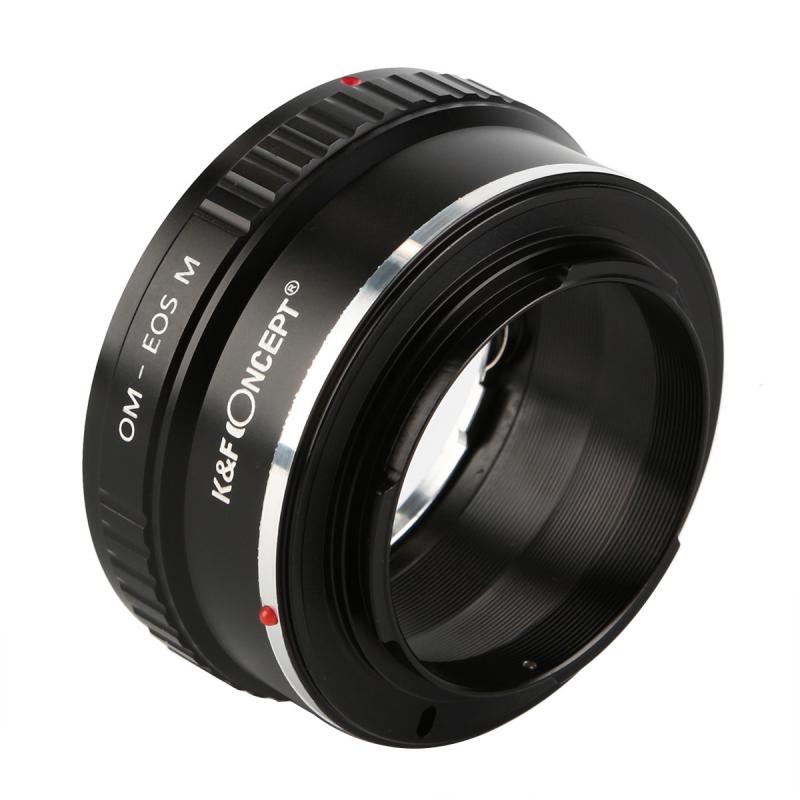
2、 Understanding lens filter thread diameter and its importance.
The lens filter thread size refers to the diameter of the front of a camera lens where a filter can be attached. It is an important specification to consider when purchasing filters, as it determines whether a filter will fit onto a particular lens. The lens filter thread size is usually indicated in millimeters and can vary from lens to lens.
Determining the lens filter thread size is relatively simple. You can find this information either on the lens itself, usually marked with a symbol that looks like a circle with a line through it followed by a number (e.g., Ø58mm), or in the lens specifications provided by the manufacturer. It is crucial to ensure that the filter you purchase matches the lens filter thread size to avoid compatibility issues.
The lens filter thread size is important because it allows photographers to enhance their images by using various filters. Filters can be used for a range of purposes, such as reducing glare, enhancing colors, or adding special effects. By attaching a filter to the lens, photographers can achieve different creative effects without altering the original lens characteristics.
It is worth noting that some lenses have a non-standard filter thread size or may not have a filter thread at all. In such cases, photographers can use filter adapters or systems that allow them to attach filters to their lenses. These adapters or systems typically provide a universal filter thread size, allowing photographers to use filters across multiple lenses.
In recent years, with the rise of mirrorless cameras and compact lenses, there has been a trend towards smaller lens filter thread sizes. This is due to the need for more compact and lightweight equipment. However, larger lens filter thread sizes are still prevalent in professional-grade lenses, as they offer better image quality and compatibility with a wider range of filters.
In conclusion, understanding the lens filter thread diameter is essential for photographers who want to expand their creative possibilities by using filters. It is crucial to determine the correct filter thread size for a lens to ensure compatibility and achieve the desired effects.
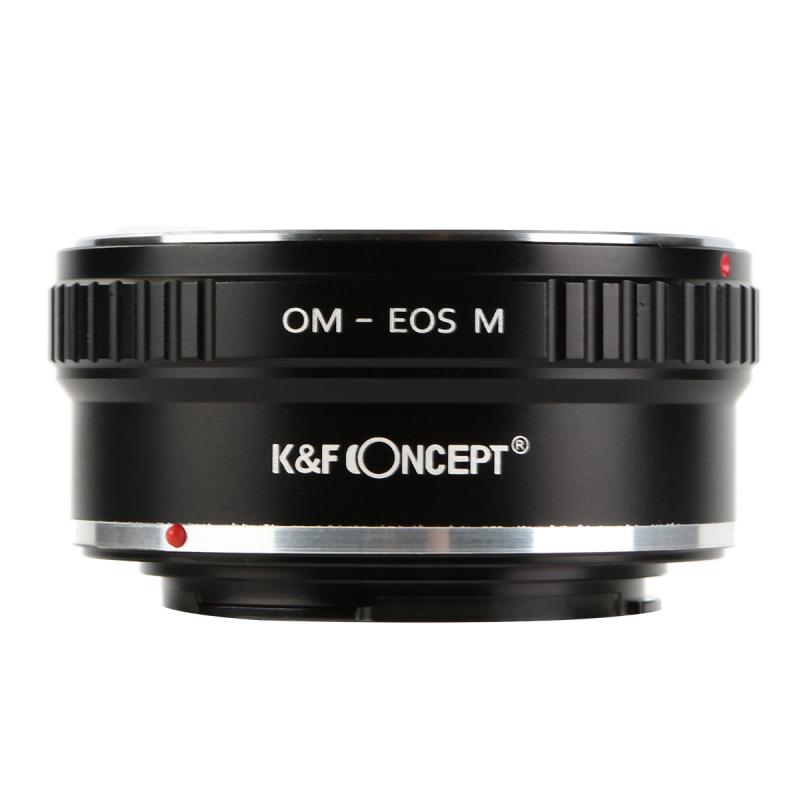
3、 Different lens filter thread sizes across camera brands.
The lens filter thread size refers to the diameter of the front of a camera lens where a filter can be attached. It is an important specification to consider when purchasing filters, as it determines compatibility with a specific lens. However, it is important to note that lens filter thread sizes can vary across different camera brands and even within the same brand.
Different camera brands have their own standard lens filter thread sizes. For example, Canon lenses typically have filter thread sizes ranging from 52mm to 82mm, while Nikon lenses commonly have filter thread sizes ranging from 52mm to 77mm. Other brands like Sony, Fujifilm, and Olympus also have their own specific filter thread sizes.
It is worth mentioning that lens filter thread sizes can also vary within the same camera brand, depending on the lens model. For instance, a Canon 50mm lens may have a filter thread size of 49mm, while a Canon 24-70mm lens may have a filter thread size of 82mm. Therefore, it is crucial to check the specific lens model's specifications to determine the correct filter thread size.
In recent years, there has been a trend towards larger filter thread sizes, especially in high-end lenses. This is primarily driven by the demand for larger front elements to improve image quality and accommodate advanced optical designs. As a result, some newer lenses from various camera brands may have larger filter thread sizes, such as 95mm or even 105mm.
In conclusion, lens filter thread sizes can vary across camera brands and even within the same brand. It is essential to check the specific lens model's specifications to determine the correct filter thread size. Additionally, it is worth noting that there is a trend towards larger filter thread sizes in recent years, driven by advancements in lens technology.
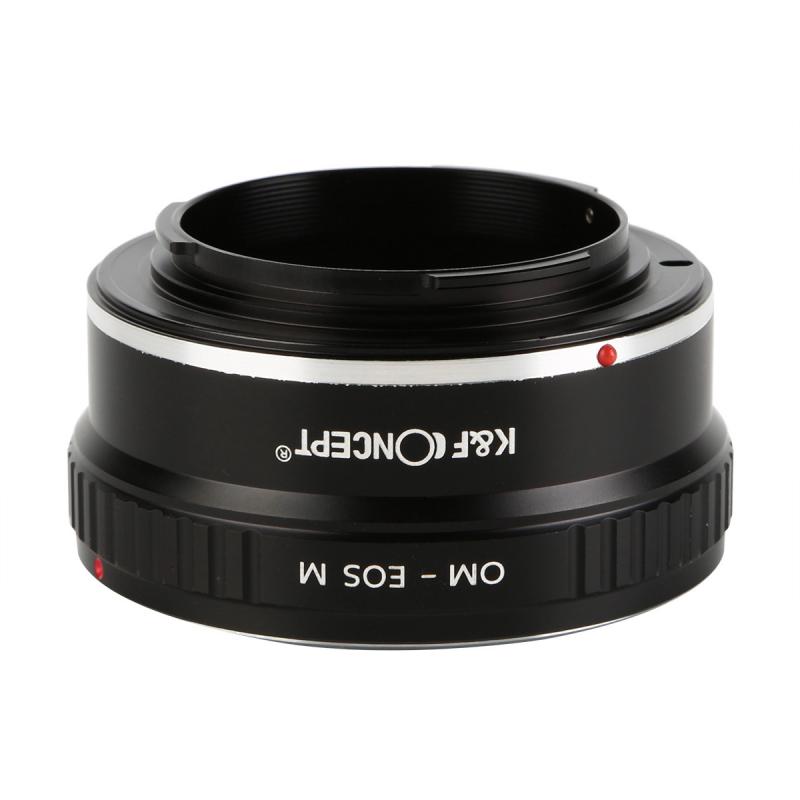
4、 Adapting lens filters with step-up or step-down rings.
The size of the lens filter thread is an important consideration when adapting lens filters with step-up or step-down rings. The lens filter thread size refers to the diameter of the front of the lens where the filter is attached. It is typically measured in millimeters (mm) and can vary from lens to lens.
When using step-up rings, you are adapting a smaller filter size to fit a larger lens thread size. For example, if your lens has a filter thread size of 52mm and you want to use a 67mm filter, you would need a step-up ring with a 52mm male thread on one side and a 67mm female thread on the other. This allows you to attach the larger filter to your lens.
Conversely, step-down rings are used to adapt a larger filter size to fit a smaller lens thread size. For instance, if your lens has a filter thread size of 67mm and you want to use a 52mm filter, you would need a step-down ring with a 67mm male thread on one side and a 52mm female thread on the other.
It is important to note that while step-up and step-down rings allow you to use filters with different thread sizes, they can potentially introduce vignetting or reduce the field of view, especially when using wide-angle lenses. This is because the step-up or step-down ring may block a portion of the lens's field of view.
In recent years, there has been an increase in the popularity of filter systems that use filter holders and adapter rings instead of step-up or step-down rings. These systems allow for more flexibility and easier swapping of filters, as they typically use square or rectangular filters that can be slid into the holder. This eliminates the need for multiple step-up or step-down rings and reduces the risk of vignetting.
In conclusion, the size of the lens filter thread is crucial when adapting lens filters with step-up or step-down rings. It is essential to know the filter thread size of your lens and choose the appropriate step-up or step-down ring to ensure compatibility. However, it is worth considering newer filter systems that offer more flexibility and reduce the risk of vignetting.
